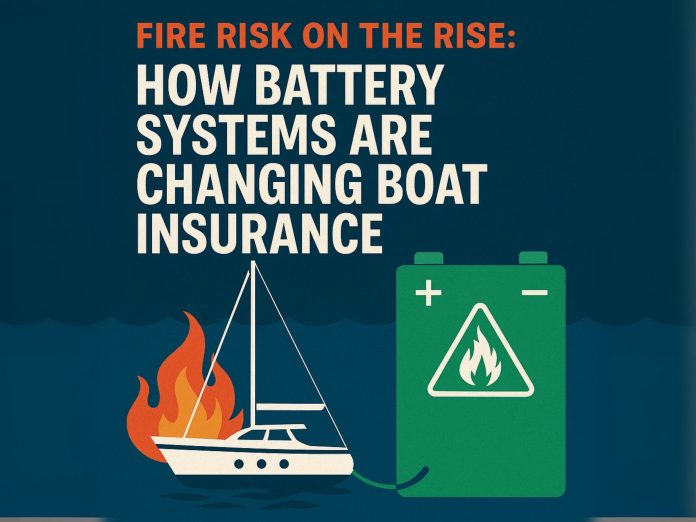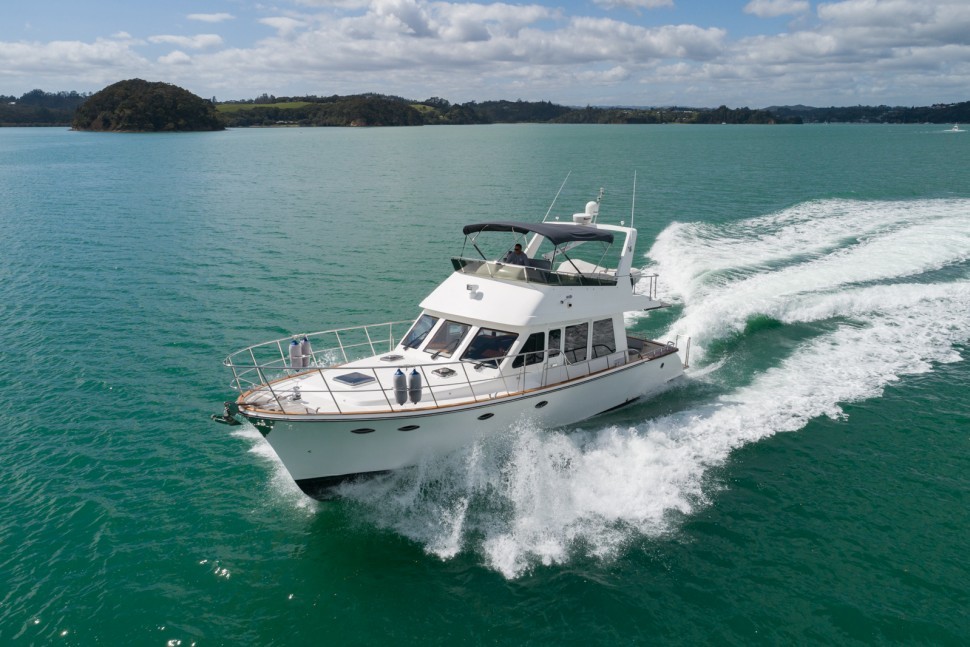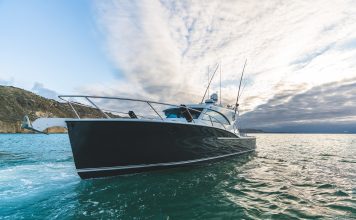A spark that’s catching insurers’ attention
If you’ve added a lithium battery bank, e-foil, or even an e-bike to your boat in the past year, you’re part of a growing trend that’s exciting boatbuilders — and worrying insurers.
Insurance Business NZ claims that in the past 12 months, New Zealand has seen a 17 percent jump in lithium-related fire claims, with around 2 percent of those incidents happening on boats. That’s a small slice locally, but it’s enough to catch underwriters’ attention because when these fires happen at sea, they can escalate fast.
Globally, the picture is starker: Allianz Commercial reports that fires and explosions are the most expensive cause of marine insurance claims by value, making up 18 percent of payouts. This rising risk is at the heart of how battery systems are changing boat insurance for Kiwi owners.
Why lithium-ion battery fires are different
Thermal runaway — a race you can’t win
AVSAX report that once a lithium cell enters thermal runaway, temperatures can exceed 900°C within seconds. Fires are hard to extinguish, and even if they appear out, cells can reignite hours later.
Toxic fumes and collateral damage
Burning lithium batteries release toxic gases that spread quickly through a vessel. Damage isn’t limited to the ignition point — nearby boats and marina structures are often affected, multiplying the claim size.
Portable devices are the stealth risk
Many marine-grade battery systems have built-in protections. It’s the personal gear — e-boards, dive scooters, and cheap lithium packs — that often slip under the radar and bypass safety checks.
How battery systems are changing boat insurance
Globally we’re seeing a trend where:
Tighter underwriting and more questions
Underwriters are starting to request detailed surveys of onboard battery systems, charging setups, and safety protocols before approving cover.
Subjectivities in your policy
Some insurers are adding conditions — known as subjectivities — that must be met for your policy to remain valid. This might include installing fire suppression systems or limiting charging while underway.
Selective coverage and exclusions
We’re seeing exclusions creep in for certain battery chemistries, older lithium systems, or high-risk storage practices. Owners who can’t demonstrate safe handling may face premium hikes or reduced cover.
Six steps to keep your boat — and premiums — safe
NMI Insurance suggest the following six steps:
- Pick safer chemistries — Lithium Iron Phosphate (LFP) batteries are more stable than NMC or cobalt-based types.
- Charge under supervision — Never leave lithium devices charging unattended, especially overnight.
- Spot the danger signs — Swelling, odours, heat build-up, or unusual noises mean disconnect immediately.
- Use OEM chargers — Avoid cheap aftermarket chargers that lack safety shut-offs.
- Store smart — Keep portable lithium batteries off the vessel when not in use, ideally in a cool, dry space.
- Don’t fight lithium fires — Evacuate and call for help. Marine extinguishers are ineffective against thermal runaway.
The insurance payoff
Boaties who can prove their battery systems are safe, well-maintained, and professionally installed are more likely to get favourable terms and lower premiums.
In NZ, lithium fires on boats may be rare, but the severity of potential loss is why insurers are reacting now. Add in the global evidence — fires and explosions driving 18% of marine claim value — and it’s clear that battery systems changing boat insurance is not just an industry trend, but a shift that every Kiwi boatie should be ready for.
















